Being back on land and reflecting on close to a year cruising the pacific islands and Micronesia I realise how much I’ve gained from the experience – Fiji, Tonga, Tuvalu, Kiribati and the Marshall Islands. Before just names on a map, dots in a vast blue ocean. So what is different now?
The reality of life in these places has been experienced. Ties have been made with people, faces aligned to a country, and an understanding of the land that they live on. My latest assignment for my development studies course is on development induced migration. You might think about the three gorges dam, or other high profile mass re-locations. But there are countless stories like this on smaller scales around the pacific.
Right now I’m thinking of what we’ve seen along the way, not necessarily experienced directly, but through the stories of people we’ve met…
* Displacement from Bikini island for nuclear testing for “the good of mankind”
* The impact of world war two on the Marshall islands and Kiribati.
* Displacement from French nuclear testing in polynesia
* Banaba island resettlement to Rabi island Fiji. And while we can say the above didn’t have a direct link to New Zealand – this last one did.
For a low price the British Phosphate commission (BPC – including NZ and Aus) stripped Banaba of it’s phosphate by the ship load. Much of this was used in New Zealand for fertilizer turning hill country soil into arable and lucrative land. So we are connected to the people of Banaba as the phosphate from their island helped us increase agricultural fertility in the 50s and 60s. And we are connected to the people of Banaba in the sense that in gaining our fertile land, they lost theirs.
This connection isn’t just true for people of the pacific. We are connected to people in China who make some of the products we consume, the factories that serve us derive their power from the three gorges. We also may even be connected to the people in Congo who work in Coltan mines so we can have phone batteries, and other electronics. We live in a world where we have no idea who makes our products. We don’t see who, or what environments are affected by our purchases.
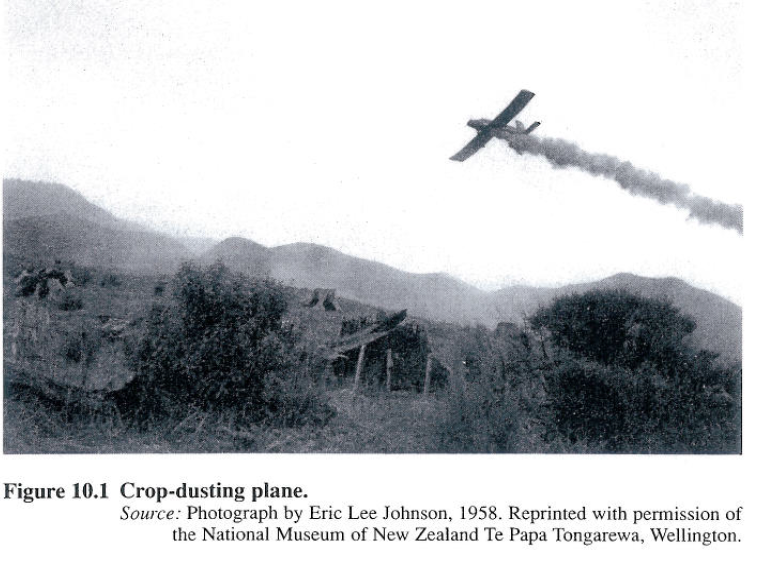
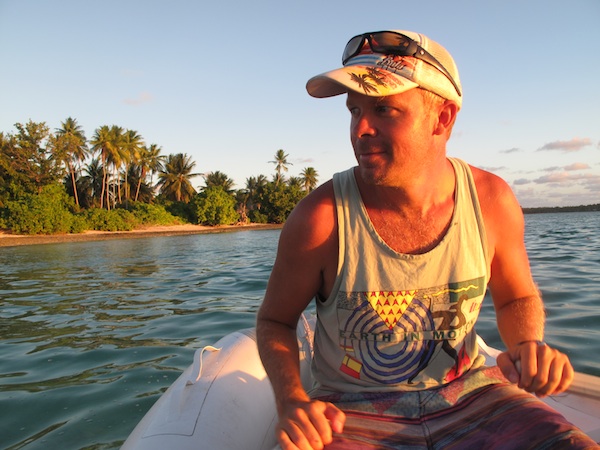
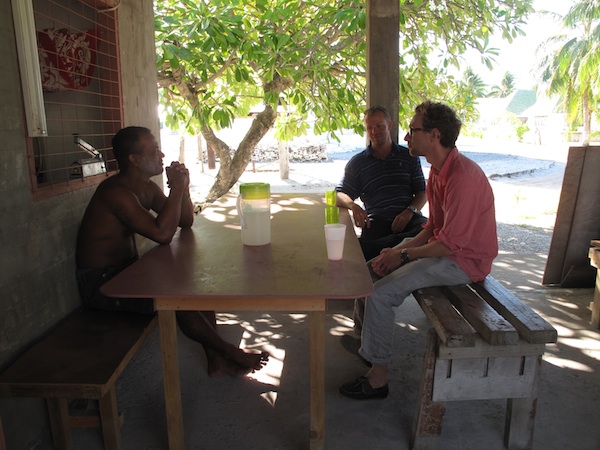
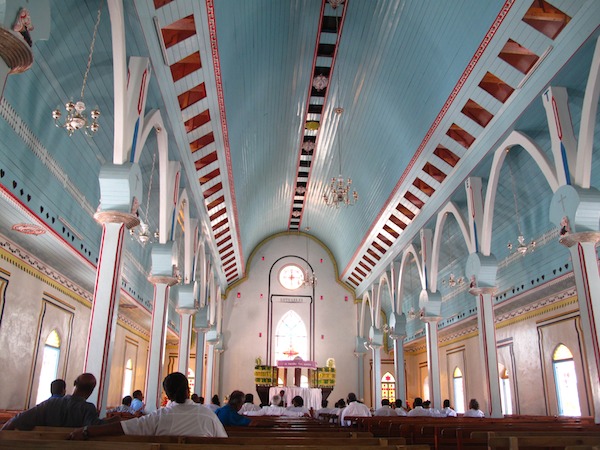
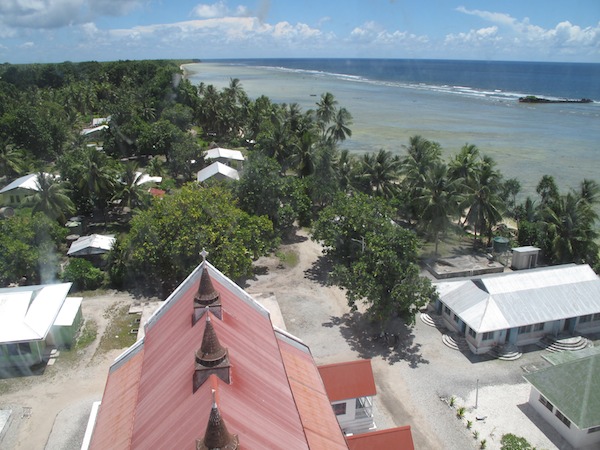
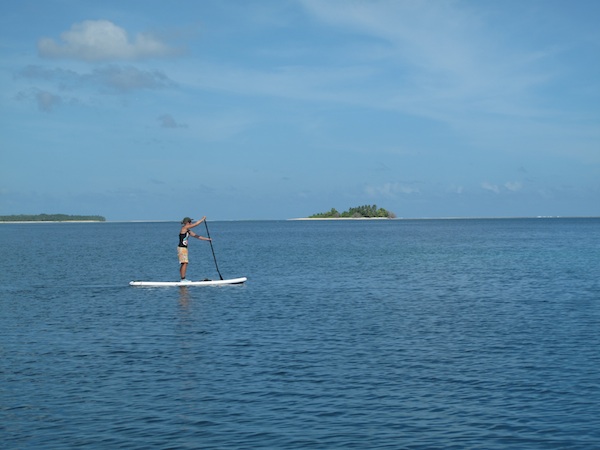
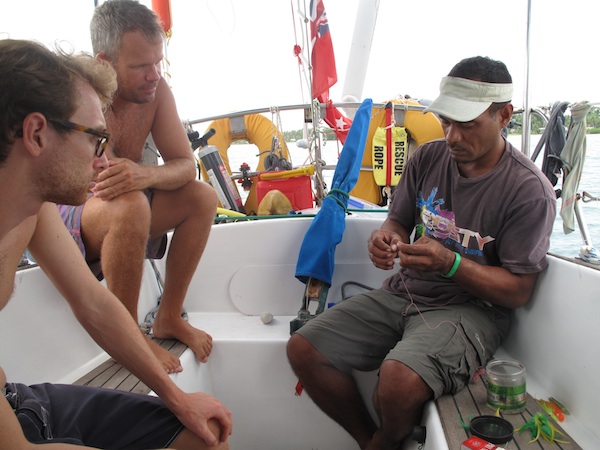
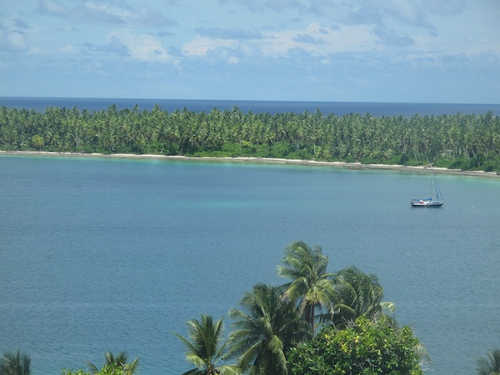
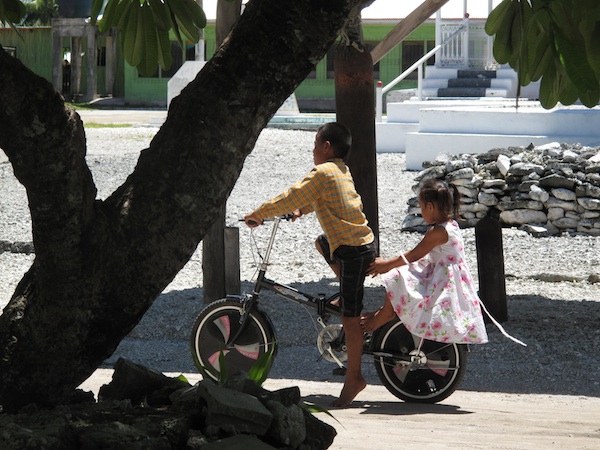
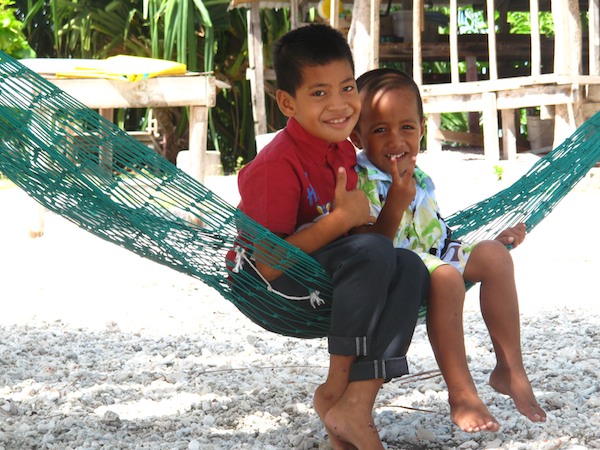
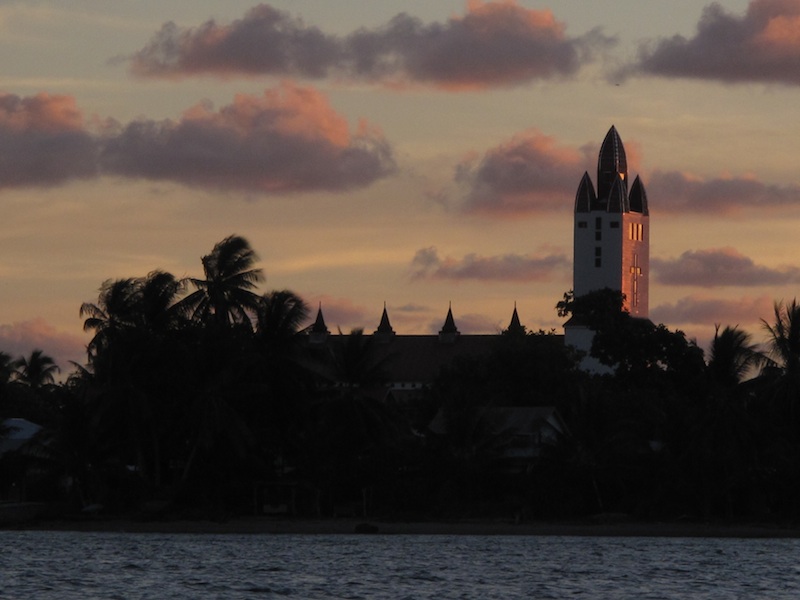
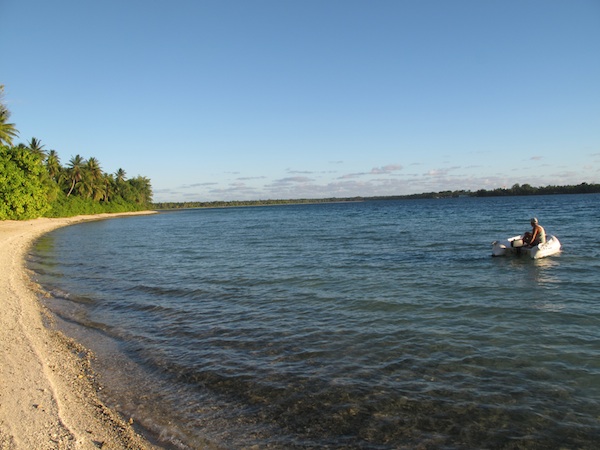
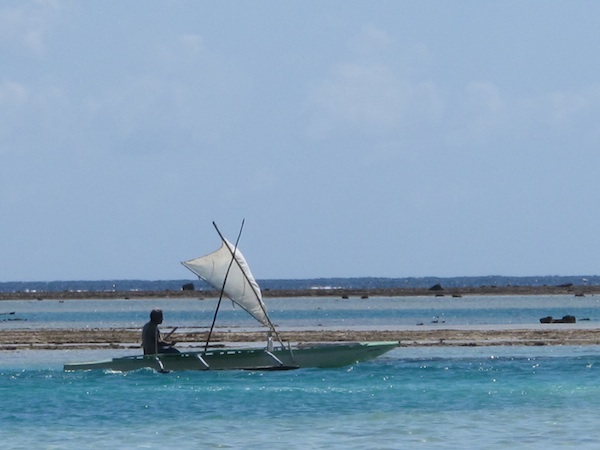
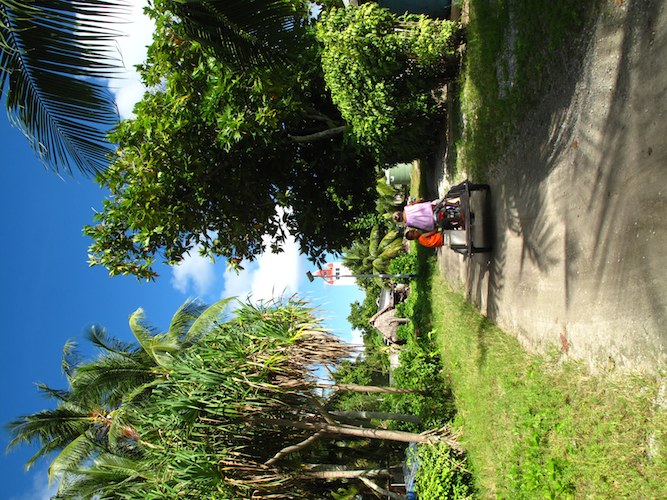
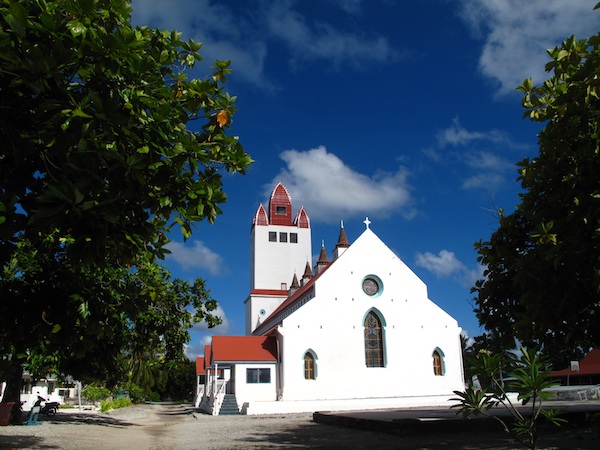
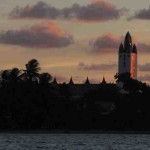
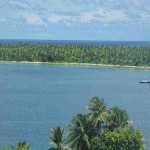
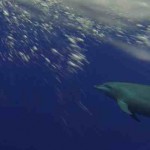
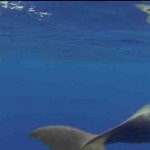
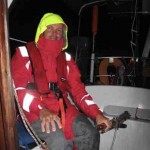













Recent Comments